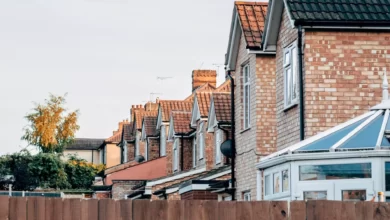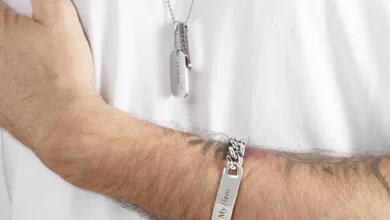
Bat Species Found in the Merseyside Area and What to Do If They Nest In Your Home
Merseyside and its surrounding areas have a rich history with bats and is home to a huge variety of different species. However, if you have bats in your home, you might be looking to remove them as safely and compassionately as possible, as bats aren’t always a welcome addition. In this article, we’ll be discussing everything you need to know about the bat species in the Merseyside area, but also how to deal with them if you find them in your home.
The History Of Bats In Merseyside
Liverpool and Merseyside have a fascinating history when it comes to bats, with local research and conservation efforts being driven by the Merseyside and West Lancashire Bat Group, which has been active in the area for decades. Thanks to the host of green spaces, woodland, and parks available, bats are able to find refuge and be appreciated by enthusiasts – if you look closely, you might even spot bats flying over Anfield stadium during match days!
Different Merseyside Bat Species
With the Merseyside area being host to 10 of the 17 bat species that exist within the UK, it’s no surprise that bat enthusiasts flock to the area in large numbers. Individuals have spotted and assisted with the conservation attempts for a number of species, including:
Brown Long-Eared Bat
These common bats are found across the UK but have had multiple sightings in the Merseyside region. With their long ears, round eyes, and light brown fur, these small animals can often be found hanging in dark, small spaces. With their mating season being October to April, it’s common for young bats to be born in the summer, which is therefore a common time to find roosts in your loft or garage.
Common Pipistrelle
The Common Pipistrelle is the smallest and most frequently spotted bat that exists within the UK. These bats are tiny and have small black wings on brown fur bodies. Although having roosts in your home isn’t ideal, these bats also do a great job of catching moths or gnats in the home.
Soprano Pipistrelle
A species that regularly roosts indoors, the Soprano Pipistrelle is another small type of bat, but one that more frequently eats fruit or finds food in trees. Because of this, these bats are more likely to roost in your home if you have trees near the roof, so cutting them back can help if you’re struggling with the presence of Soprano Pipistrelle.
Chiroptera
The name ‘Chiroptera’ derives from the Greek for ‘hand wing’, and these fascinating bats are the only mammals to have successfully evolved true, sustained flight capabilities. They have spindly wings on furry bodies and are commonly found roosting in homes. There have been 12 recorded sightings of the Chiroptera bats in the Liverpool and Merseyside areas since 1990, so this is a great area for enthusiasts who are hoping to spot one!
The Impact Of Having Bats In Your Home
Unfortunately, while bats are harmless, they can cause some unexpected issues if they are found in your home, such as:
- Threat Of Disease
Although most bats are completely harmless, there is the unfortunate chance that some may be carrying disease, which can be a cause for concern if people are living in the home. To identify if a bat is diseased, some procedures must be followed, including calling a bat helpline, so you must follow government-issued advice to address them.
- Indirect Property Damage
While bats cannot typically cause structural damage to your home, their droppings do have the potential to stain ceilings and walls or affect insulation.
- Impact On Planning Applications
If you’re planning to add an extension to your home or build on the land surrounding it, then a bat roost has the potential to cause some problems. There are specific regulations that can hold up a planning application if a roost is found, and a specific protocol will need to be followed that involves identifying the species, assessing the impact on the property, and submitting reports to the local authority, and this can take up more time that you’d allocated to the planning stages of your project.
How To Safely Remove Bats From Your Home
- Don’t Panic
First of all, don’t panic! Although bats can be scary to some people, there is very little risk of structural damage to your home, and if you stay calm and take the right action you’ll be able to safely remove them quickly and efficiently.
- Establish The Details
The next step is to establish as many details as you can before approaching a professional for help. Some key things to consider include how many bats there are, how they have managed to gain access to the property, and how long they might have been there. All of this information is highly valuable to professionals, who can support you with their removal.
- Call In a Bat Surveyor
Finally, don’t try to remove the bats yourself. Calling in professional help is vital. Professionals offer a range of solutions that can support you with removing bats from your home, such as a high-quality, professional bat survey and help with the next steps. They can also provide support with planning applications that are, or have the potential to be, held up due to the presence of bats in the property.
Merseyside and the surrounding areas provide a prime location for bat sightings, and the vast array of different species that roost there is proof of the diversity that exists within the area. Although bats aren’t always great to have in the home, as long as you take the right action to remove them safely by gathering as much information as you can before calling in a professional, you can be sure that you’ve done the right thing by the variety of species that call Merseyside home.






